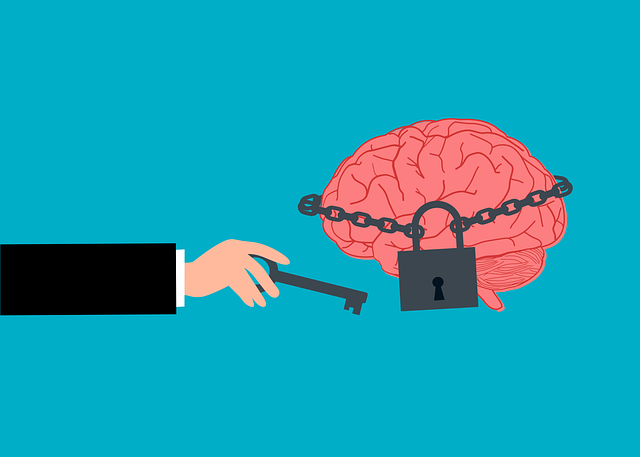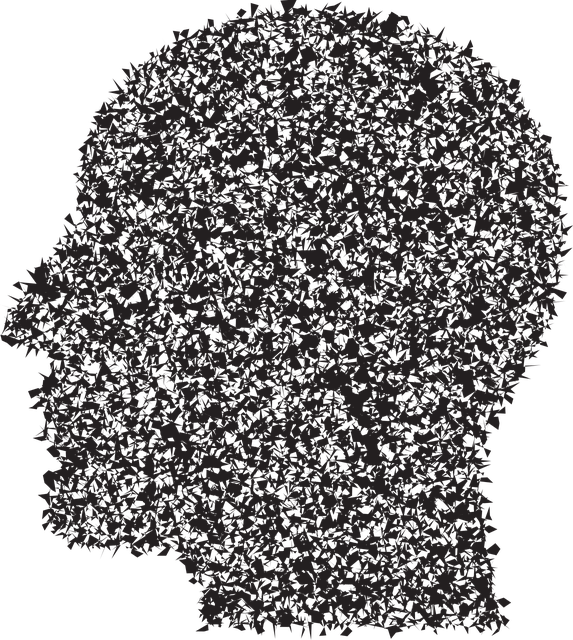Dissociative Disorder in elders is often overlooked due to age-related stereotypes and societal misconceptions. Recognizing symptoms like severe memory gaps, altered perceptions, and detachment from reality is crucial for early interventions that can greatly enhance quality of life. Public awareness campaigns, emphasizing Therapy for Elders Dissociative Disorder, are essential to dispel myths, encourage dialogue, and promote specialized treatment options. Effective strategies include storytelling, clear communication, and utilizing multiple channels with partnerships in mental health professional circles.
Public awareness campaigns play a pivotal role in shedding light on mental health issues among elders, such as dissociative disorder. This article explores strategies to enhance understanding and support for this often-misunderstood condition. By highlighting symptoms and impact, we aim to emphasize the critical role of public education. Through effective campaign development and implementation, we can foster empathy and encourage early intervention, ultimately improving therapy outcomes for affected elders. Discover practical steps to create impactful campaigns focused on mental health awareness.
- Understanding Dissociative Disorder in Elders: Symptoms and Impact
- The Role of Public Awareness Campaigns in Raising Visibility
- Strategies for Effective Campaign Development and Implementation
Understanding Dissociative Disorder in Elders: Symptoms and Impact

Dissociative Disorder in elders is a complex mental health condition often overlooked due to age-related stereotypes and societal misconceptions. Recognizing its symptoms is crucial for initiating early interventions that can significantly improve quality of life. Common signs include severe memory gaps, altered perceptions, and feelings of detachment from one’s own body or reality. Elders may exhibit sudden changes in behavior, struggle with identity, and experience vivid flashbacks or nightmares, often triggered by seemingly insignificant events.
The impact extends beyond the individual, affecting relationships and overall well-being. Therapy for elders suffering from dissociative disorder requires a nuanced approach that considers cultural sensitivity in mental healthcare practice and focuses on building empathy and self-esteem improvement. Tailored interventions can help them reconnect with their memories, emotions, and support systems, fostering a sense of belonging and grounding.
The Role of Public Awareness Campaigns in Raising Visibility

Public awareness campaigns play a pivotal role in shedding light on mental health issues, such as dissociative disorder among elders. By utilizing various media platforms and community engagement strategies, these campaigns raise visibility, combat stigma, and encourage open conversations about often-misunderstood conditions. They serve as a powerful tool to educate the public, fostering empathy and support for those affected.
Focusing on the specific case of Therapy for Elders with Dissociative Disorder, well-structured campaigns can highlight the importance of early intervention and the availability of specialized treatments. Through targeted messaging, they can reach at-risk populations, offering hope and resources like Stress Management Workshops organized by reputable organizations or Community Outreach Program implementations that provide much-needed support. This proactive approach ultimately contributes to building resilience in affected individuals and communities.
Strategies for Effective Campaign Development and Implementation

Developing effective public awareness campaigns requires a strategic approach to ensure impactful results. One key strategy is to build empathy among the target audience, in this case, fostering understanding of dissociative disorder in elders. This can be achieved through storytelling and sharing personal narratives, allowing individuals to connect emotionally with the issue. For instance, featuring testimonials from seniors who have experienced dissociative disorders can humanize the condition and break down stigma.
Additionally, communication strategies play a pivotal role. Campaign organizers should employ clear, concise messaging that is easily accessible to diverse audiences. This might involve simplifying complex mental health concepts while emphasizing actionable steps or resources available for support. Regularly updating information and utilizing multiple channels like social media, local community events, and partnerships with mental health professionals can enhance reach and engagement. Furthermore, a thorough risk assessment for mental health professionals is essential to ensure they are equipped to handle potential challenges that may arise during campaign implementation, especially when discussing sensitive topics such as therapy for elders with dissociative disorder.
Public awareness campaigns play a pivotal role in shedding light on dissociative disorder among elders, a condition that often goes unnoticed. By utilizing strategic communication methods, these campaigns can educate the public about the symptoms and impact of dissociative disorder, fostering empathy and encouraging those affected to seek therapy for elders dissocative disorder. Through effective campaign development and implementation, we can navigate towards a more informed society, ultimately improving support systems and quality of life for elders suffering from this complex condition.









